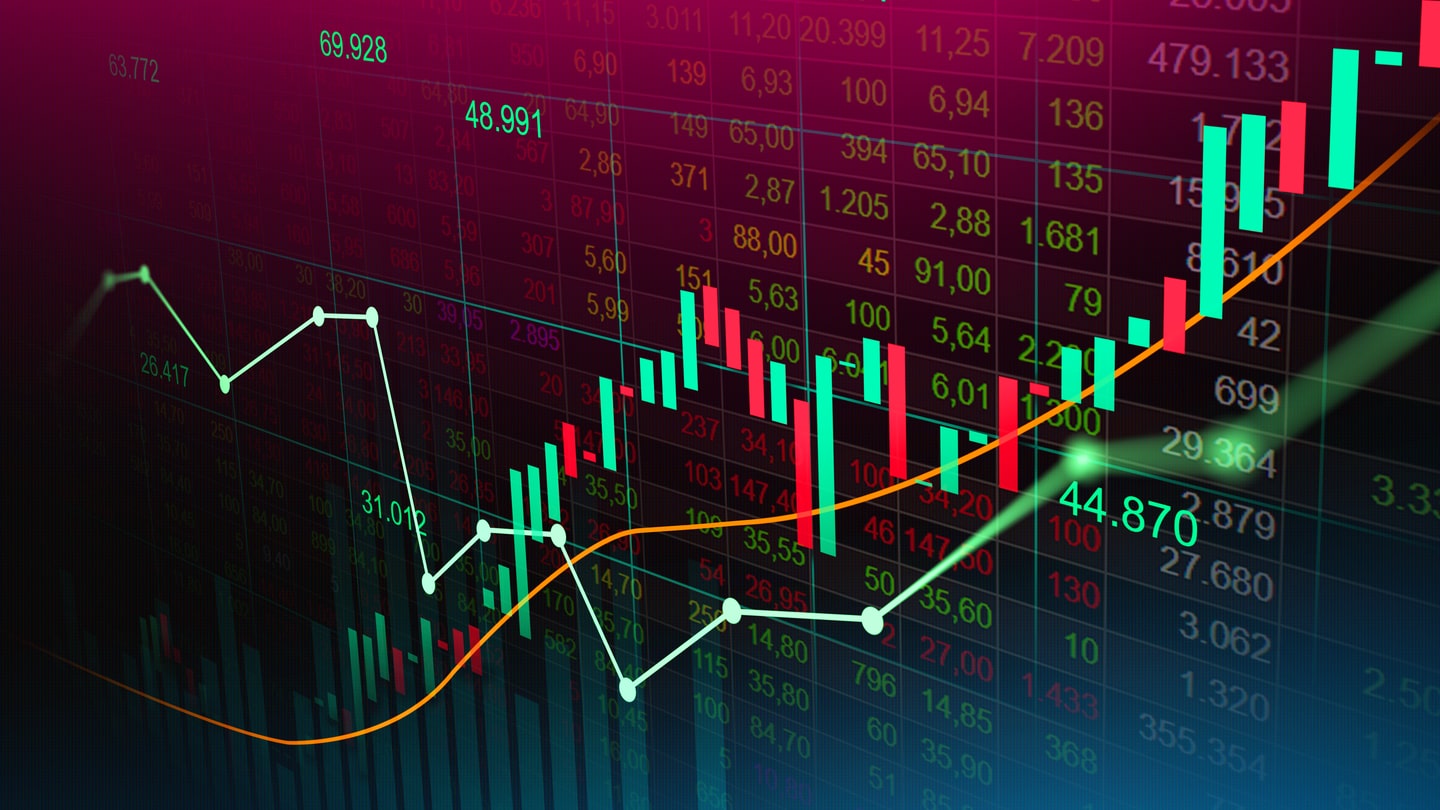Forex – also referred to as foreign exchange – is a global market for trading currencies that can also be described as a network of sellers and buyers who exchange currencies with each other at an agreed price. If you want to enter the market, you need to know the basics before learning how to open a Forex position. It’s the basics that we are going to elaborate on in the article.
How Does Forex Work?
Forex is considered an over-the-counter market, which means there is no exchange: the deal is taking place directly between two parties. There are no regional restrictions for trading, or, in other words, buyers and sellers reach each other globally. Besides, deals can be carried out 24 hours a day, from 9 pm Sunday to 10 pm Friday (GMT).
Forex constantly enhances the turnover: there has been noticed a 40% increase in daily Forex trading volume within the last decade. The abundance of buyers and sellers and the constantly rising amount of daily trading volume increases FX liquidity.
This, in turn, enhances Forex’s attractiveness and reliability in terms of receiving cash. Unlike securities that may be hard to convert into banknotes with Forex, you can easily have your money to make a deposit or repay a debt.
FX trading comes with its peculiarities. In particular, this addresses three types of Forex markets:
- Spot market: The exchange takes place once the deal is settled or shortly after.
- Future market: A legally binding contract that states the amount of the currency to be bought and sold at a certain time in the future at a pre-agreed price.
- Forward market: The same as the future market, but the contract isn’t legally binding.
So, it means that two parties (buyer/seller) agree on the deal, specifying its price, and settle it at a particular date. At this step, we should drill into the exchange basics:
Currency Pairs
The currency pair indicates two currencies that are involved in the exchange:
- A base currency – the first or purchased one in the pair
- A quote currency – the second or sold one.
The price of the pair shows the worth of one unit of the base currency according to the quote one. It means that if the price of the USD/EUR pair is $0.90, you can buy €1 for $0.90.
Currency pairs are divided into four categories:
- Major – Widely-traded pairs like EUR/USD, USD/CAD, AUD/USD, GBP/USD
- Minor – Less-frequently traded ones like GBP/JPY, EUR/GBP
- Exotic – include currencies of emerging economies like USD/CZK
- Regional – Classified by region, for example, Australasia: AUD/NZD (New Zealand dollar)
Lot and Leverage
Typically, currencies are traded in batches or lots, which implies a large amount of money involved in an exchange. A standard is 100,000 units of the base currency or the one you are buying. It means that if your base currency is EUR, you are opting for €100,000.
This implies big sums of investments, which you may not always have. That’s why leverage was introduced. With the leverage, you can start playing big with a relatively small investment in the form of a margin. However, the profit or loss is counted based on the full trade volume.
The margin varies from deal to deal and is counted as a particular percentage from the full size of the exchange. It can be even as low as 1%; hence, you will need to deposit only $1,000 instead of $100,000. But the gain or loss are counted according to $100,000.
It means that if you have only limited savings or urgently need cash to repay debts, for example, you only need to sell or buy the right currency. To know which one to bid on, study the major price fluctuation drivers:
- Central banks that control the currency supply and, therefore, affect its price.
- Economic situation that impacts the demand for the currency: it increases when the economy is booming.
- Market sentiment that shows the traders’ opinions about the market and can help to identify price fluctuations based on traders’ behavior.
Why Trade on Forex?
Trading on Forex is lucrative in terms of financial profit. You can:
- Multiple your investments by closing successful currency exchanges: If you manage to buy a currency at a lower price and then sell it at higher costs, you can make a profit.
- Quickly gain some cash: If you have a limited amount of cash and turn to leverage, which happens to be successful, you can quickly get money to pay back the obligations.
- Secure the savings by converting them into a stronger currency: Sometimes, the savings depreciate if the currency’s worth drops. To prevent it, you can timely convert it to a more stable one.
The reliability of Forex is illustrated by the constantly growing Forex trading volume. For example, the average daily volumes increased by 11% in November 2020, compared to the same period of the previous year. The growing number of volumes indicates constantly coming traders and the flow of their funds. All these strengthen the Forex market.
